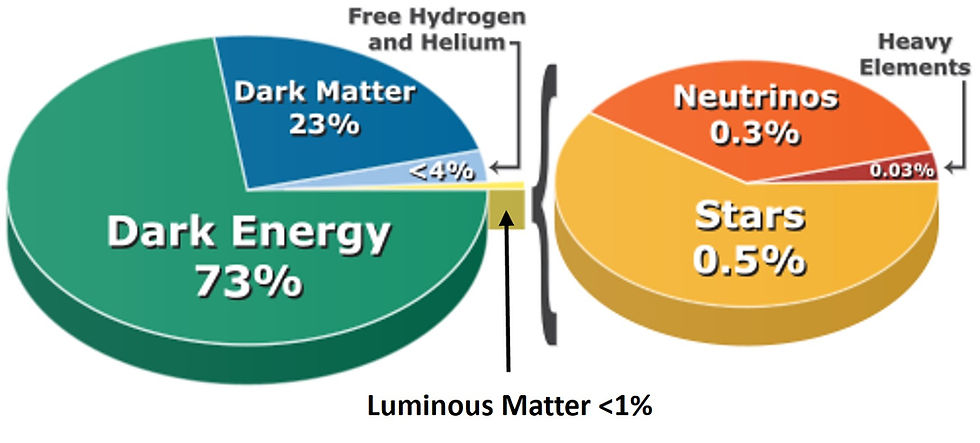Glass Mirrors in James?
- stephenstrent7

- Nov 11, 2023
- 3 min read

Sated woman holding a mirror. Attic red-figure lekythos by the Sabouroff Painter, ca. 470-460 BC. From Velanideza. National Archaeological Museum in Athens, 1624.
Where Science Meets Religion by Trent Dee Stephens, PhD, for the Come Follow Me lesson November 13-19: James
We read in James 1:23-24, “For if any be a hearer of the word, and not a doer, he is like unto a man beholding his natural face in a glass...” The word “glass” used here in the King James Bible is derived from the Greek word ἐσόπτρῳ (esoptrō), which means “A mirror, looking-glass (made of highly polished metal). From eis and a presumed derivative of optanomai; a mirror.”1 According to Google Translate, the Greek word esoptrō is esoptro in English, and optanomai in Greek is optanomai in English, yet neither esoptro nor optanomai shows up in the Oxford English Dictionary — apparently it’s all Greek to me. According to the Greek lexicon (KJV) at Bible Study Tools, optanomai means 1. to look at, behold; 2. to allow one's self to be seen, to appear.2
Sabine Melchoir-Bonnet said of the history of mirrors, “The first evidence of mirrors as grooming tools dates to the 5th century BCE, in illustrations of elegant Greeks gazing at hand mirrors (these illustrations are found on antique pottery). These mirrors, made from a polished metal disk attached to a handle, did not contain any glass. The first real glass mirrors in the record are from the 3rd century AD, consisting of extremely small (a few square inches) concave or convex metal surfaces with glass coatings. The size and style of these early mirrors leads many archaeologists to believe that they were used as jewelry or amulets rather than for personal grooming.”3
Therefore, any mirror referred to by James in the first century AD must have been made of polished metal, with no glass to be seen.
Melchoir-Bonnet continued, “Techniques of plane glassblowing and silvering were so elusive that successful methods were not reliably developed until around the 12th century AD…in the 13th - 15th centuries a surge of technical development yielded a clearly superior process, rooted in Venice, Italy…[which] was the epicenter of mirror making for several hundred years.”4
“The Venetian industry exported its mirrors to royalty and private bourgeois clients across Europe in the late 1500's and 1600's, for equivalent prices in the range of several hundred to several thousand British pounds. Venetian mirrors were often worth more than fine art from high-renaissance painters like Raphael, which speaks to the valuable luxury of these items during this time.”5 Therefore, at the time that 47 scholars worked on the King James Version of the Bible: 1604-1611, mirrors would have fallen into this time period when they were more valuable than fine art and very few people would have had a glass mirror. The vast majority of people at the time would still have been using polished metal mirrors or, more likely, no mirror at all. Therefore, it is difficult to see why those translators would have used the word “glass” in James 1:23 for the Greek word esoptrō, rather than just using the word “mirror.”
I have discontinued my “Who is Adam” discussions. Thanks to all those who have participated.
Trent Dee Stephens, PhD
trentdeestephens.com
References
1. biblehub.com/james/1-23.htm; retrieved 8 November 2023
2. biblestudytools.com/lexicons/greek/kjv/optanomai.html; retrieved 8 November 2023
3. Melchoir-Bonnet, Sabine, The Mirror, Routledge, New York, 2002, p. 12; as reported at: The Rise of the Mirror as Commonplace; Joukowsky Institute for Archaeology & the Ancient World; Brown University; brown.edu/Departments/Joukowsky_Institute/courses/13things/7306.html; retrieved 8 November 2023
4. Ibid p. 19
5. Ibid p. 30



Comments